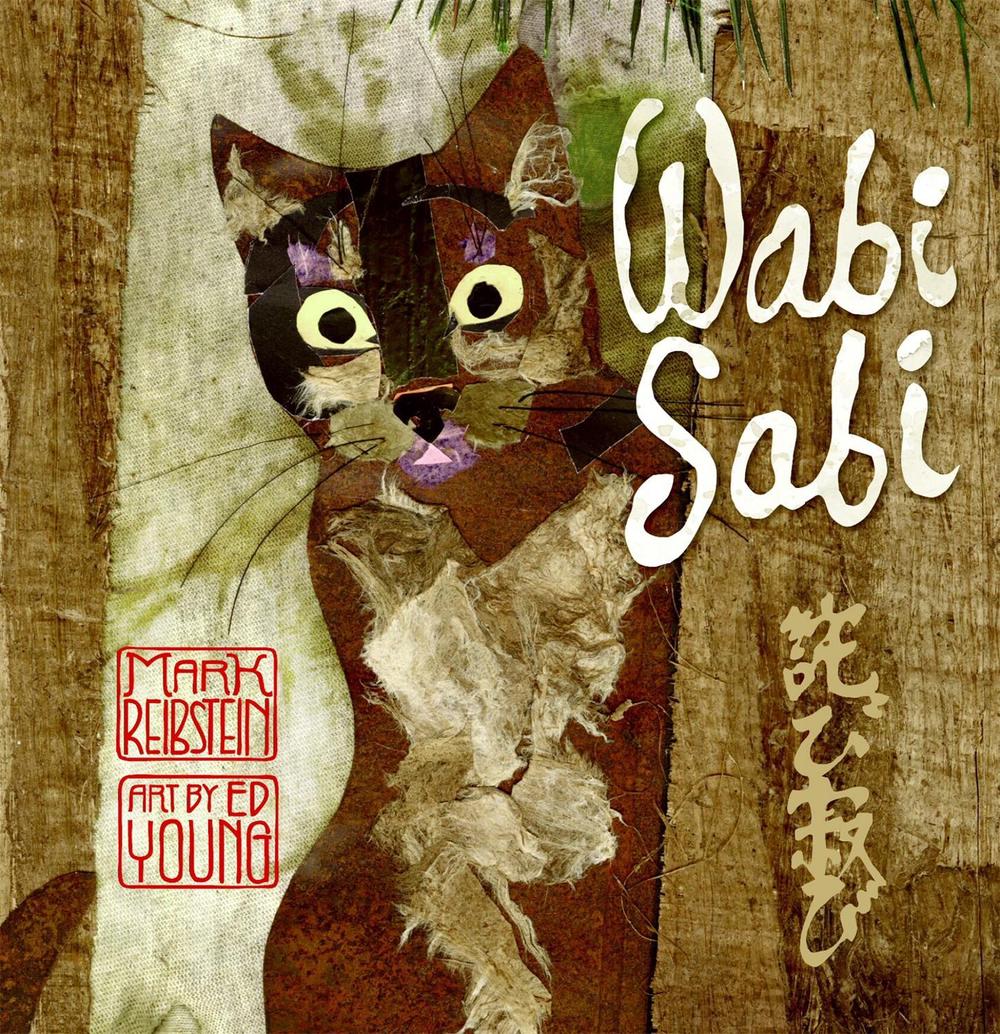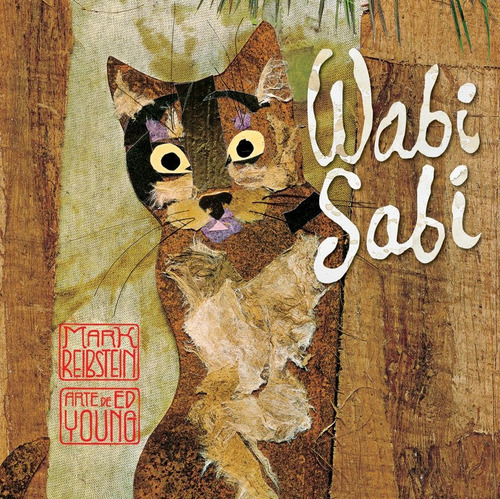
Between each haiku, we’d pause and breathe in and out in appreciative silence. After, we’d gather in a circle on the rug to share our poetry in hushed tones. We’d talk about nature’s beauty and unfinished imperfection woven through Basho’s poetry, what it means, then dim the lights, turn on soft music, and set the children loose on the page. I’d read them the haiku of the famous Japanese poet, and “father of the haiku form,” Matsuo Basho, and teach haiku construction-5 syllables, 7 syllables, 5 syllables. If I were still teaching in the classroom, I’d have my young students sit quietly and look for the wabi sabi around them, or in their memories, and nod to each a knowing smile.

With each glance and reflection, I feel calmer, more patient, more appreciative in a wabi sabi sort of way of uneven edges, scratched surfaces, lost time, the memory of a friend’s death, the impermanence of life.

W abi sabi?Īn overstuffed reading chair. A long-fingered icicle drips outside my window. Fall’s dried leaves still cling to branches, though it is bitter cold outside. The weather can change quickly here in Minnesota. Taking a cue from the cat, I look around at my surroundings through a “wabi sabi” sort of lens. Wabi Sabi looks around afresh and sees her world in haiku, Feel … He moved slowly but gracefully,Īs if he were dancing, and he handled his things as if they were gold, The old monkey’s haiku reply is confusing: The cat and I find the wise, old monkey making tea.


The wise, old monkey is somewhere in the forest, the story says. The owner draws in a breath through her teeth and says, “That’s hard to explain.” As the cat owner pauses, my eyes slide to the bottom of the page and find poetry, one in Japanese, one in English:Īnd in that silence, Wabi Sabi the cat begins an adventure to find the meaning of her name-and I go along with the same curiosity. On the story’s first page, strangers meet Wabi Sabi the cat and ask what “wabi sabi” means. In the same moment, I’m introduced to Ed Young’s gorgeous and mysterious mixed media illustrations created from “wabi sabi” lost and found imperfect objects. The book opens vertically, as if I were reading traditional Japanese. The first extraordinary experience I encounter reading Wabi Sabi, is the immediacy of the Japanese world.


 0 kommentar(er)
0 kommentar(er)
